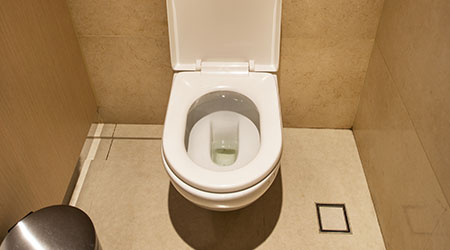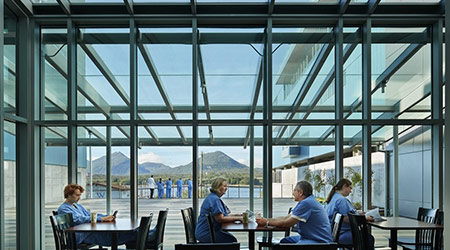
CALGreen and LEED: Working Together To Streamline Green Building
May 8, 2018
The U.S. Green Building Council recently announced that buildings built to California’s new stringent CALGreen green building code also automatically qualify for LEED credits and prerequisites, streamlining the LEED certification process for those projects. Notably, those prerequisites include the minimum energy performance requirement as well as the indoor and outdoor water reduction requirements.
It’s been said in the past, in reference to the stringency of green building standards, that codes are the floor and rating systems are the ceilings. What that means is that codes set the bare minimum of what can be done for strategies like energy efficiency, sustainable transportation, or indoor air quality. Meet code, and you’re building is compliant, but perhaps not spectacular. Leadership rating systems like LEED and WELL, however, set aggressive targets that, when reached, help move the market as a whole forward because the buildings that accomplish those goals — net-zero energy or no red-list chemical materials, for instance — show what is possible.
But as the CALGreen and LEED initiative shows, codes are quickly catching up, closing the gap with the leadership standards. This illustrates that LEED and other green building systems have been successful in pushing the market forward to higher standards of sustainability. A rising tide raises all ships, as they say.
That said, there’s still plenty of progress to be made. California is the only state so far to adopt a mandatory green building code. And California is also a leader in LEED certifications, landing consistently in the Top 10 states of projects certified per capita. In 2017, there were 475 projects certified representing 89.26 million square feet.
This Quick Read was submitted by Greg Zimmerman, executive editor, Building Operating Management. Read his cover story profiling Northwestern University’s vice president of facilities management, John D’Angelo.
Next
Read next on FacilitiesNet












